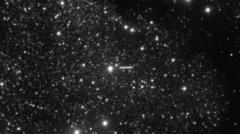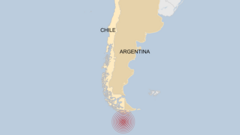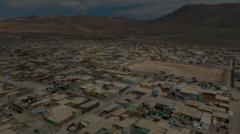Astrophysicists from the University of Oxford announced findings at the UK's Royal Astronomical Society meeting, suggesting that 3I/ATLAS may predate our solar system by up to three billion years. This marks only the third occurrence of an interstellar object being detected. The object was first identified on July 1, 2025, by the ATLAS survey telescope in Chile, located about 670 million kilometers from the Sun.
Matthew Hopkins, an Oxford researcher and co-author of the study, expressed enthusiasm over this cosmic discovery, asserting that it could provide unprecedented insight into the galactic neighborhood. He posits that 3I/ATLAS likely formed near an ancient star within the Milky Way's 'thick disk,' a region characterized by old stars positioned above and below the Sun’s orbit.
The object’s composition is expected to include significant amounts of water ice, which will vaporize as it nears the Sun later this year, possibly creating a dazzling tail of gas and dust. Hopkins utilized a sophisticated modeling system to analyze the comet, while Professor Chris Lintott voiced the team's optimism, estimating a two-thirds chance that 3I/ATLAS is older than our solar system.
3I/ATLAS is anticipated to be observable from Earth with amateur telescopes later this year. This discovery is particularly notable as it follows the detection of only two other interstellar objects: 1I/'Oumuamua in 2017 and 2I/Borisov in 2019. Looking ahead, scientists are gearing up for the launch of the Vera C Rubin Telescope in Chile, which is expected to significantly enhance the capabilities of interstellar object discovery, potentially uncovering between 5 to 50 new entities in the southern night sky.

















